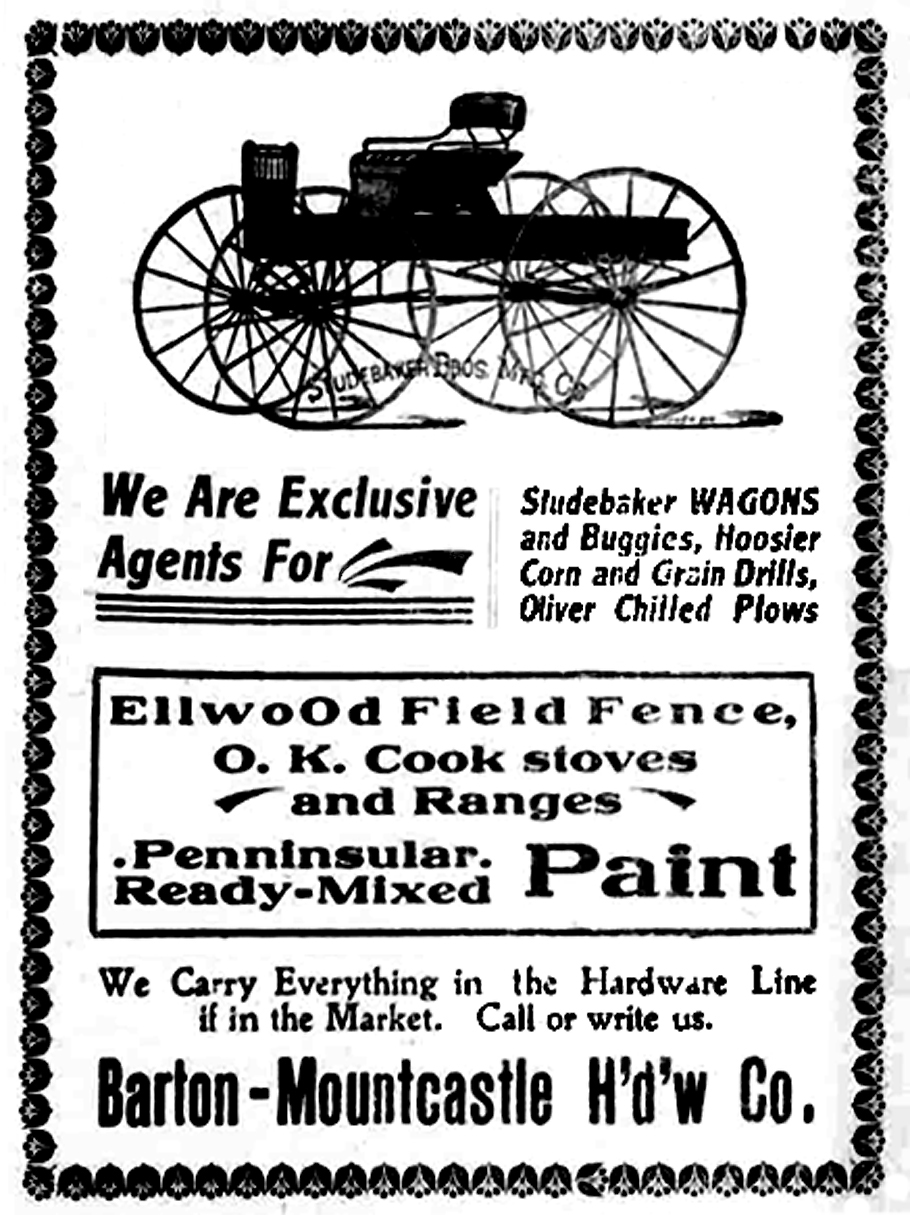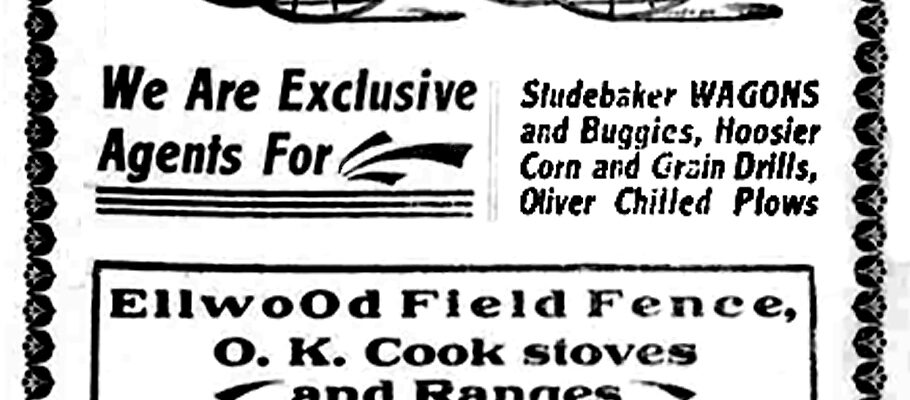In the early morning hours of July 1886, one thousand employees of the Railroad Employees' Mutual Relief Association (REMRA) of Knoxville and their immediate family met at the East Tennessee, Virginia and Georgia Railroad Depot replete with food containers for their annual 200-mile scenic excursion into the East Tennessee mountains.
One passenger, John Frazer, described the rail journey, noting that two trains were put into service with each one containing 20 cars. The riders that morning were overflowing with good humor, an indispensable ingredient for an all-day pleasure trip.

Studebaker Wagon Ad from 1886
On board were a few officers, hired to insure responsible conduct and enforce safety rules on the trains. Also present was the city mayor and company superintendent, F.K. Huger, a South Carolinian by birth, known by his nickname “Mayor.” He was 16 years old when the first gun was fired on Fort Sumter, consequently thrusting him into Confederate service. He was a warm, friendly being who was always ready to assist others. The ride itself was at no cost to REMRA members and their families. Available seats were offered to a few paying customers.
The trains sped along first to Warm Springs, North Carolina (later renamed Hot Springs), first north about 50 miles and then east. Very soon the mountains, so little understood with their abundant treasures of metals and minerals, grand and overtopping all elevations east of the “Rockies,” became the object of impressive admiration.
Upon reaching Warm Springs, the great porches of the mammoth new hotel and shady places in the groves and lawns became occupied with jolly parties, lunching, chatting, strolling and dancing. Two bands were present to furnish music – a military ensemble and a string band.
Abounding were immense tracts of virgin forests of the choicest woods – poplar, cherry, chestnut, hemlock and beech. They were of such quantity, variety, and prodigious size so as to stagger one's belief. The entire journey was interesting, picturesque and at times grandeur, humbling its passengers to such uplifting of nature.
As the two vehicles rolled along the Tennessee, French Broad and Pigeon rivers, exposed for all to observe were rich bottom-lands lush with corn and valleys where the sun arrived tardily.
The trains continued in Tennessee near the North Carolina line and approached Roan Mountain. It was noted that a newly-constructed hotel had just been built on the mountaintop there, being called by the euphonious name, “Cloudland.” Although it was 6,000 feet above tidewater, the latest estimate of the height of the nearby mountain was 6,400 feet, making it 4,200 feet above Lookout Mountain and 4,400 feet higher than the Catskills.
The line dividing Tennessee and North Carolina was reached at Painted Rocks, where the road of another system approached – the Western North Carolina Railroad. This road reached Asheville and the many beautiful portions of the nearby country.
If a sudden shower meandered into the valley, a colorful rainbow often extended from mountain to mountain as an arch of triumph, bringing full compensation that was immensely more priceless than the proverbial expectations of a pot of gold at its terminus
As the sun made its way into the West, the party realized they had penetrated some of the secrets of the Great Smoky range of mountains. A day had passed providing them with glimpses of small plantations, rustic log houses and diminutive villages.
It was nearly 11 p.m. when the trains chugged back to the old depot at Knoxville. The little ones were slumbering, their mothers were weary and the fathers seemed anxious. One of the grandest of excursions had passed splendidly, without a hint of an accident, quarrel, boredom or dissatisfaction.

Comments are closed.